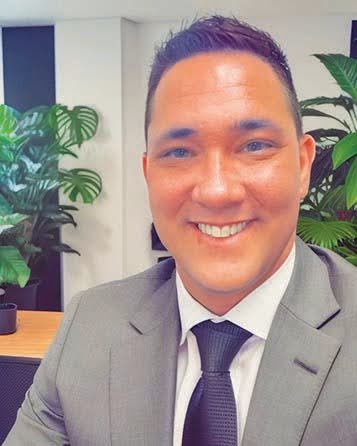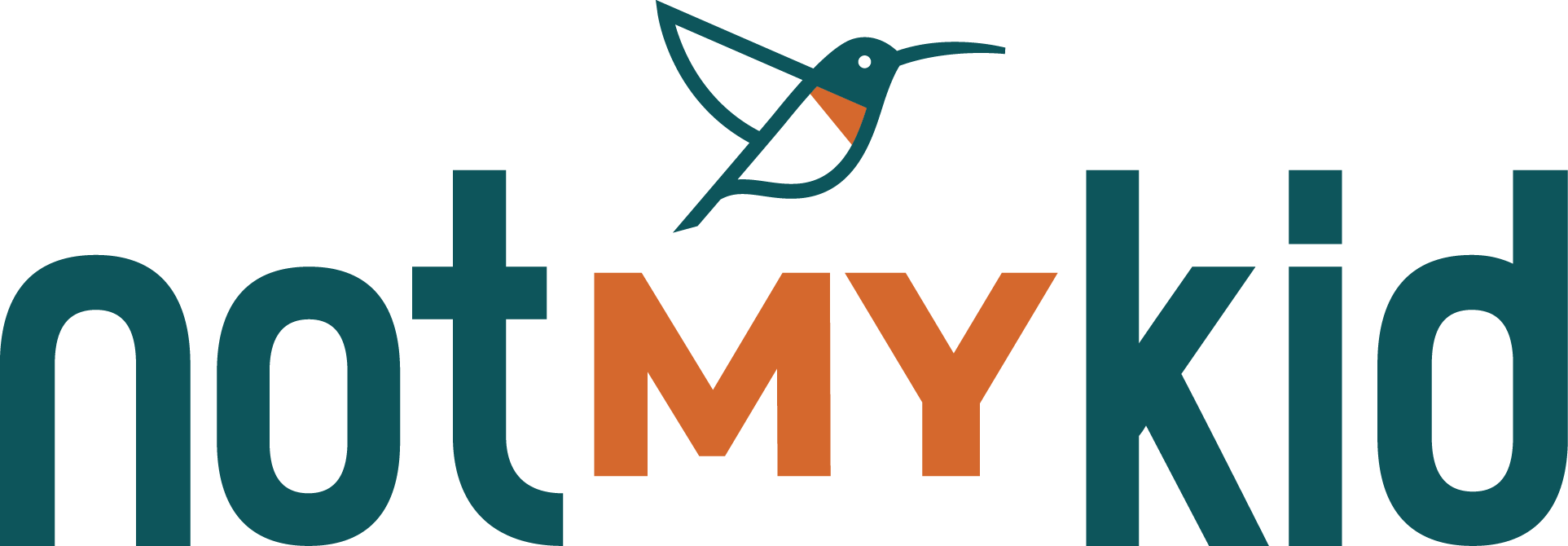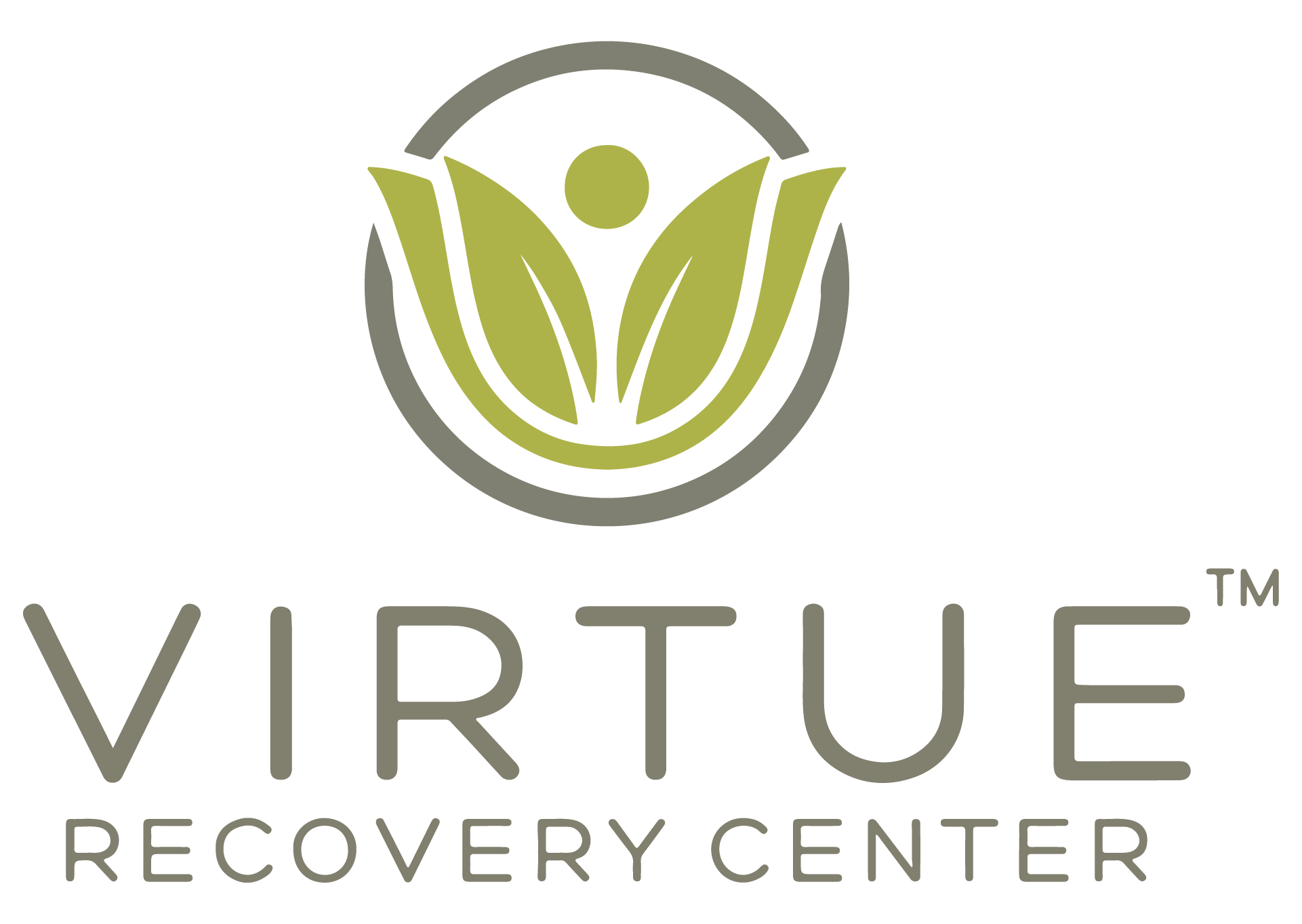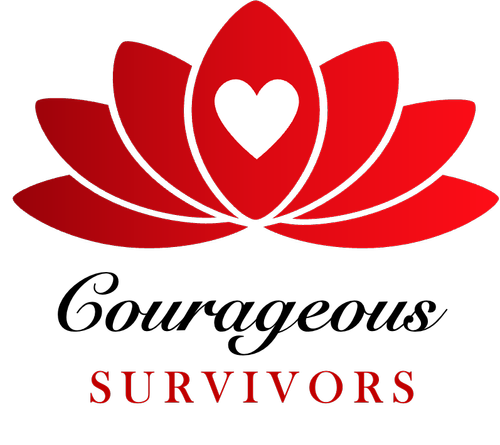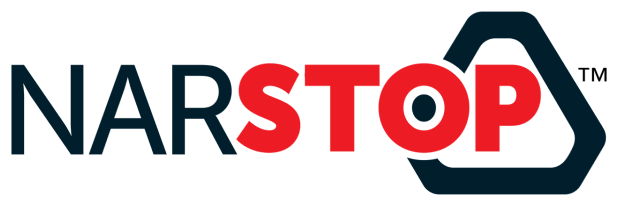By Dr. Ravi Chandiramani
If you’re anything like me, you’re sick and tired of the media and so called “experts” throwing around the term addiction so haphazardly these days. Of course, qualifying as an addiction requires meeting an established set of criteria that point to significant dysfunction, unmanageability and collateral damage and of course, continued use in spite of all of it.
Of all the newest addictions floating out there today, I wanted to focus on one in particular, “sugar addiction.”
You may have heard this term recently, especially as cities like New York continue to wage war against fast food and the First Lady of the U.S. remains vigilant in her campaign against childhood obesity. I’m interested partially because it is rife with controversy but equally, because I believe sugar addiction to be feasible physiologically.
Craving the Sweet Stuff For years, we have known that a very strong correlation exists between alcohol-dependent individuals and a preference for foods with a high sucrose concentration. Research suggests there may be a biological connection between having a sweet tooth and an alcohol abuse problem. Individuals studied who reported drinking more alcohol on occasion and having more alcohol-related problems also had problems with controlling how many sweets they ate. These study participants were more likely to report urges to eat sweets and craving sweet stuff, especially when they were nervous or depressed. They believed eating sweets made them feel better. Sound familiar?
For years, we have known that a very strong correlation exists between alcohol-dependent individuals and a preference for foods with a high sucrose concentration. Research suggests there may be a biological connection between having a sweet tooth and an alcohol abuse problem. Individuals studied who reported drinking more alcohol on occasion and having more alcohol-related problems also had problems with controlling how many sweets they ate. These study participants were more likely to report urges to eat sweets and craving sweet stuff, especially when they were nervous or depressed. They believed eating sweets made them feel better. Sound familiar?
Another study of more than 300 children found those with a heightened preference for sugary foods and beverages were more likely to have a family history of alcoholism. These children were also more likely to have a family history of depression, which as we are well aware, is yet another risk factor for alcohol abuse. The biological children of alcoholic fathers seem to be particularly vulnerable to have a strong sweet preference, which in some predisposed individuals, may manifest as an eating disorder.
The fact is — the neurobiological pathways governing reward for drugs of abuse and sugar (sucrose) involve similar neural receptors, neurotransmitters, and regions of the brain. Tasting something sweet leads to the activation our brain’s happy place triggering the same reward mechanism that we now know is hijacked by addiction.
The question that has yet to be answered definitively is, can sugar be a substance of abuse and lead to a natural form of addiction? The problem appears to lie in the generality of the term, “sugar addiction,” given that natural and not so natural forms of sugar exist. People seem to be more comfortable with the notion of sugar addiction as a subtype of the larger, more accepted diagnosis of “food addiction.”
If the research above doesn’t convince you the two maladaptive processes are similar in etiology, consider the vast volume of work spanning decades linking alcohol dependence and hypoglycemia. In fact, Bill W. himself experienced symptoms of hypoglycemia long after he had given up the booze.
In the 70s, endocrinologist John Tintera similarly found his alcoholic patients were significantly more likely to experience symptoms of hypoglycemia for years after they had stopped drinking. Since both of their times, many respected scientists and physicians have corroborated this finding noting that the vast majority of alcoholics are hypoglycemic, and this physiological problem is frequently misdiagnosed as a co-occurring psychological disorder. The consensus appears to be that until the underlying hypoglycemic physiologic disorder is corrected, symptoms will continue and the alcoholic is effectively at risk of relapse.
The prevalence of blood sugar dysregulation in alcoholics isn’t so far-fetched when you understand that the body responds to dietary refined sugars or alcohol sugars, both nutrient poor and calorie rich, and both rapidly converted to blood sugar, in a similar fashion. In response to a rapid rise in blood sugar from either of these sources, the pancreas, doing what it’s supposed to do, releases insulin. The essential purpose of insulin is to direct blood glucose from the blood stream into the cells, where it can be utilized for energy production. If this process is too efficient or as is more commonly the case in the alcoholic hypoglycemic, hypersensitive, the adrenal glands kick in and release epinephrine which, in turn, causes an emergency release of stored sugar (glycogen) from the liver into the blood to counteract the effects of insulin. This release of epinephrine causes transient symptoms that many alcoholics can recall as well, namely jitteriness, hot flashes, sweating, tremor, etc. This counteractive mechanism works well to prevent hypoglycemia until the adrenal glands get burnt out from repetitive stress, in which case, they are no longer able to counteract the effects of insulin to prevent hypoglycemia.
The Temporary High
In the classic scenario, the alcoholic responds to the unopposed hypoglycemia by bingeing on refined sugar, essentially self-medicating against the unpleasant symptoms associated with hypoglycemia, namely irritability, depression, aggressiveness, insomnia, fatigue, restlessness, confusion, desire to drink, nervousness, forgetfulness, inability to concentrate. The temporary sense of well-being afforded by the candy, soda, and other junk food items is just that…short lived and eventually, for some alcoholics, relapse on their medicine of choice is inevitable.
I frequently provide the lesson this way to patients and their loved ones alike— if you or your loved one was the first one in the bar stool at the beginning of happy hour and the last one off that stool when happy hour ended and that’s the way it was for years, you have trained your brain to expect a bolus of rapidly absorbable sugar between 4 and 6 p.m.
Then you come to treatment and no one tells you that your brain is going to force you to seek out refined sugar between 4 and 6 p.m., so you do and the same pleasure pathway activated by booze stays activated by junk food, it never gets a chance to take a breather. You go home and find yourself buying junk food to stock your home and eat more junk food at work and everyone around you who’s in the know says, “we’ll at least they aren’t drinking.”
The problem is — for some of you, it won’t stop there….the junk food will lead you back to booze. That’s just the facts and that’s why you have to go to nutrition class, and that’s why you can’t buy that crap or have your family bring it to you, and that’s why we have a gluten-free option at every meal and that’s why I would be remiss if I didn’t tell you my happy hour story.
Get it? Good. Welcome to The Sundance Center.
So how does the alcoholic hypoglycemic correct this underlying blood sugar dysregulation without bingeing on refined sugars or worse, relapsing on alcohol?
This is where naturopathic medicine and therapeutic nutrition prove their value in the comprehensive medical management of these patients. The primary categories of recommendation follow.
Dietary Recommendations
It’s all about the balance. One of the biggest causative factors in hypoglycemia is that refined sugars/simple carbohydrates tend to be consumed without an appropriate balance of fat and protein. As a result, the sugar is rapidly absorbed inducing the process described above. Adding fat and/or protein slows down the whole process by a factor of 2-4. That is to say, adding protein allows the stomach to delay emptying and therefore, absorbing sugar over several hours while the protein component of the meal is digested. Adding fat delays the process even further; spreading it out over up to 4 hours versus the one hour or less it takes for a purely simple carbohydrate meal to be absorbed to become blood sugar. The slower the rate of dumping of sugar into the blood, the better insulin production can track the blood sugar level, resulting in a more stable blood sugar – lower peaks and shallower troughs.
In addition to the above, there is some evidence that hypoglycemia can be worsened by the presence of undiagnosed food sensitivities such as those to dairy (milk, cheese, and ice cream), wheat (gluten), soy, corn, preservatives, and chemical food additives.
Incorporating foods high in B-vitamins and iron, as well as those that are antioxidant – rich such as berries and other darkly-colored fruits and vegetables may be of additional benefit.
Carbs
Obviously refined sugar needs to be eliminated but complex carbohydrates also translate into blood sugar fairly quickly, so simply replacing your white rice and white bread with whole wheat bread and brown rice may not cut it, although a marked improvement. Instead, limit your intake of all carbohydrates, and always balance your carbs with protein to slow the conversion of dietary carbohydrate into blood sugar. Protein, fresh vegetables, and sea vegetables do not have this effect on blood sugar. Additionally, portion control is important and eating smaller, more frequent meals does actually help in stabilizing blood sugar by retraining the pancreas to modulate the release of insulin in response to lower levels of blood sugar.
Supplements
There are a handful of supplements that are effective in helping to restore normal blood sugar regulation. Many of these nutrients are required in the normal metabolism of dietary carbohydrates.
If you don’t have a history of digestive disorders, soluble fiber, such as flaxseed and pure oat bran, can slow the rate at which dietary sugars enter the blood and help regulate blood sugars throughout the day. When used for this purpose, they are best consumed before meals.
A daily multivitamin, containing the antioxidant vitamins A, C, E, the B-complex vitamins, and trace minerals such as magnesium, calcium, zinc, and selenium. If you are taking blood pressure medication or other heart medication, speak to your doctor before taking magnesium. Magnesium can interfere with certain medications, including some antibiotics and biphosphate medication.
Omega-3 fatty acids, such as fish oil, have a myriad of benefits including helping to decrease inflammation and help with immunity. Because they have a known blood thinning effect, anyone taking blood thinning medications should speak to their doctor before taking omega-3 fatty acids. These fats are sensitive to light and heat and are especially prone to rancidification so store in a cool, dark place when possible.
Vitamin C and alpha-lipoic acid (ALA) for extra antioxidant support.
Chromium, for blood sugar regulation. People with liver or kidney issues or history of psychiatric issues should talk to their doctor before starting chromium supplements.
Probiotic supplement (containing Lactobacillus acidophilus), 5 – 10 billion CFUs (colony forming units) a day, when needed for maintenance of gastrointestinal and immune health. Many acidophilus products may need refrigeration so make sure and read your labels closely. It may be best to refrigerate these regardless of what the label says.
Some botanicals/herbs may also be of benefit. The following may be consumed as a capsule containing powdered freeze dried plant material or alternatively, teas may be prepared from the leaves of the plants. Holy basil plants are even available at several health food stores.
Green tea (Camellia sinensis), for antioxidant effects. Caffeine free products are available.
Holy basil (Ocimum sanctum), for stress balance.. Holy basil may slow blood clotting and therefore increase the effect of blood-thinning medicines, such as warfarin (Coumadin).
And….Exercise
Exercise for 30 minutes daily if possible at least 5 days a week. As you learn how to control your blood sugar and manage your diet, you will be able to tolerate higher intensity exercise. Until then, you may have to take it low and slow.
Bill W. along with many others recognized this as one of the protracted consequences of prolonged alcohol abuse as well as one of the many paths leading to relapse. As with many other chronic diseases, the best strategy is often the one that integrates fundamental lifestyle changes with evidence-based medical management.
For my money, any approach that does not consider the key role lifestyle factors play in either supporting continued use or promoting abstinence-based recovery, is incomplete. This is the low hanging fruit. It doesn’t make it any easier to change but it must be addressed, and formally at that, if the alcoholic/addict is to be best armed to take on lifelong recovery.
Also interesting to consider this whole sweet tooth-alcohol abuse correlation in the context of being a semi-new parent which I am. Given my alcohol-loving, high sweet-tooth prevalence having family history, and in light of the findings of the research mentioned above, it is even more important to educate my girls about healthful eating habits early so that they understand the dangers of refined sugars when consumed frequently and in excess. Education, simple but effective.
Until next time….Stay Sweet Together AZ Readers!
Dr. Ravi Chandiramani is a graduate of Bastyr University. His unique approach treating chemical dependency and co-occurring psychological disorders has been refined over a decade of direct clinical experience with recovering addicts and alcoholics. Dr. Chandiramani’s work has provided the foundation for a new field of medicine, Integrative Addiction Medicine (IAM). IAM effectively combines evidence-based addiction medicine protocols with the nurturing and rebuilding modalities inherent to the practice of naturopathic medicine. Over 5000 chemically dependent patients have been successfully treated using the IAM model. Dr. Chandiramani serves as Medical Director of Sundance Center, Arizona and Journey Healing Center, Utah. For more information call 877-974-1038 or visit www.sundancecenter.com.


